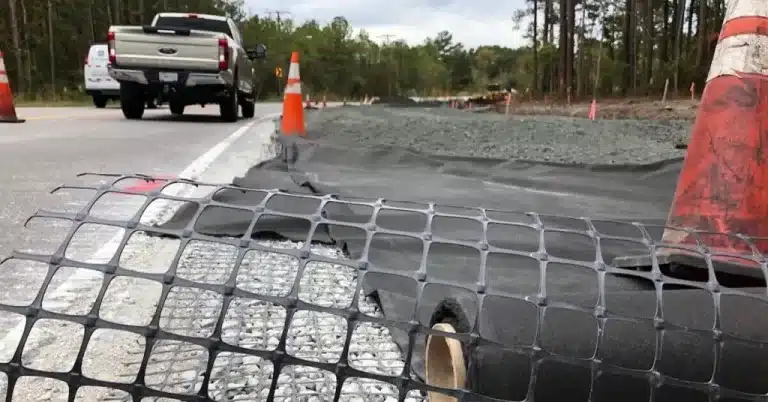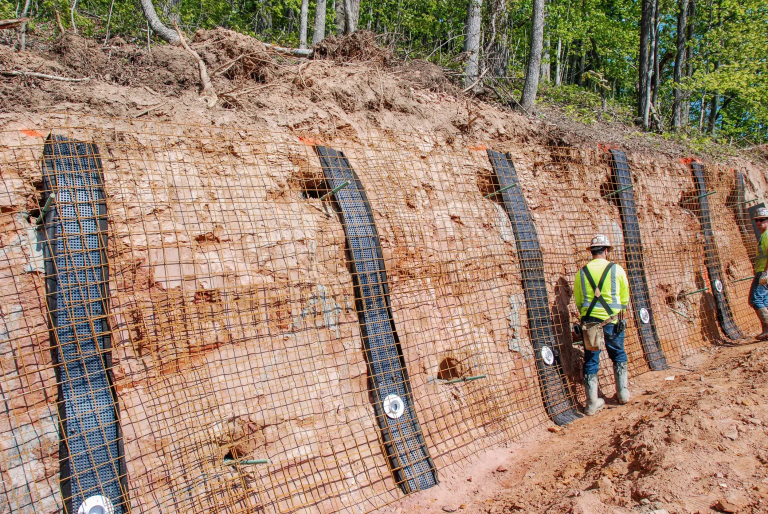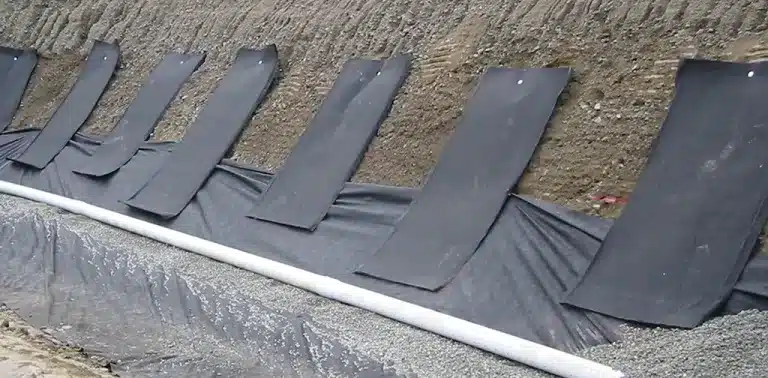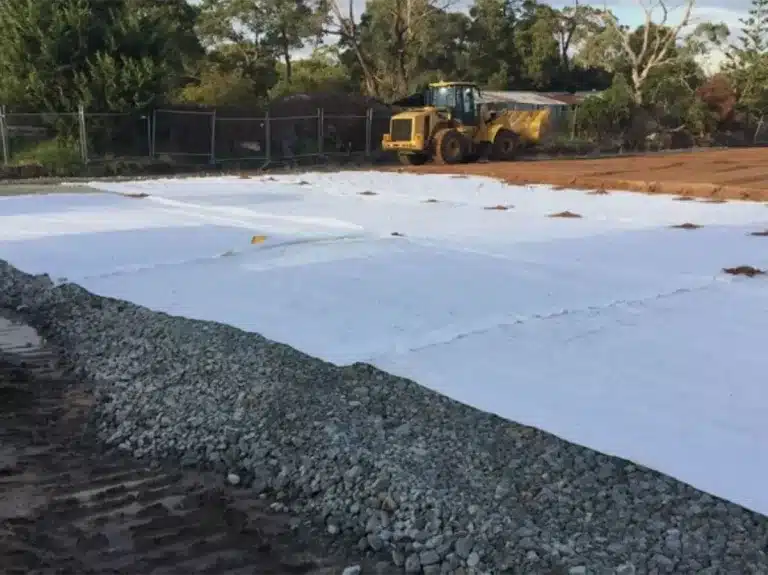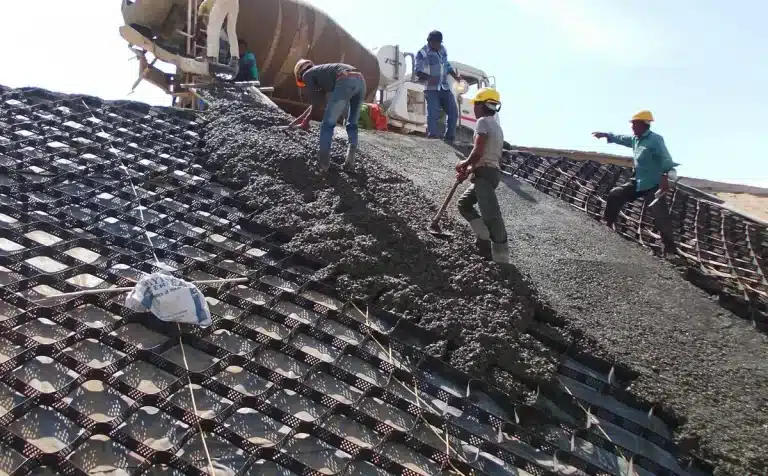Choosing the Best Landscape Fabric for Effective Water Drainage
In the realm of civil engineering and construction, stabilizing materials is crucial for enhancing the structural integrity of soils. Among these materials, biaxial geogrid stands out as a particularly effective solution for ground stabilization and reinforcement. This article delves into the nature of biaxial geogrids, exploring their composition, functionality, benefits, and differences from similar materials like geotextiles.


